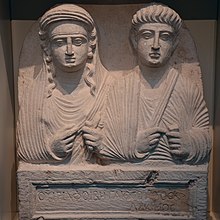
The gens Viria was a Roman family of the second and third centuries, possibly of northern Italian origin. The first member to ascend the cursus honorum was Virius Lupus, who attained the consulship in the late second century. It is possible that the family was elevated to patrician status around that time. The family's influence reached its apex during the third century. [1] [2]